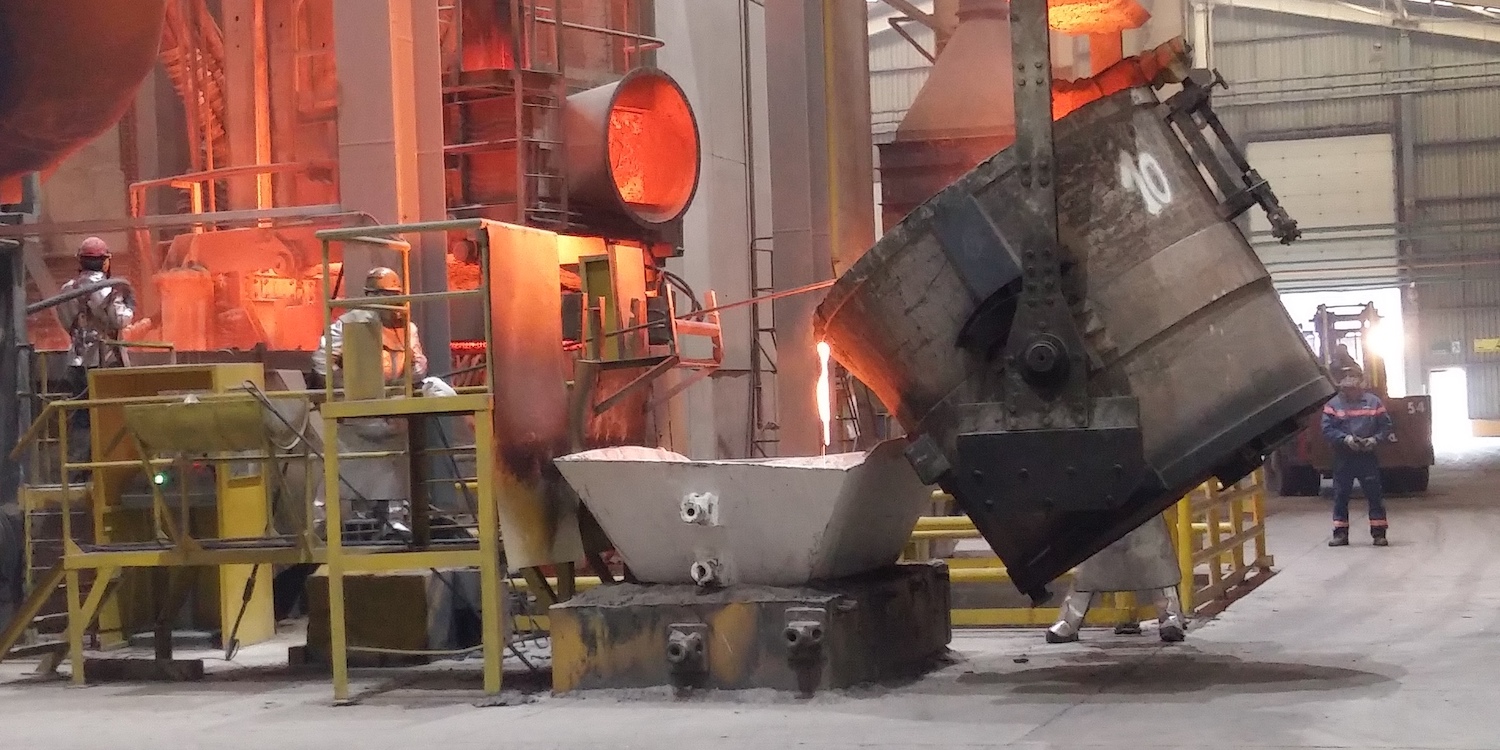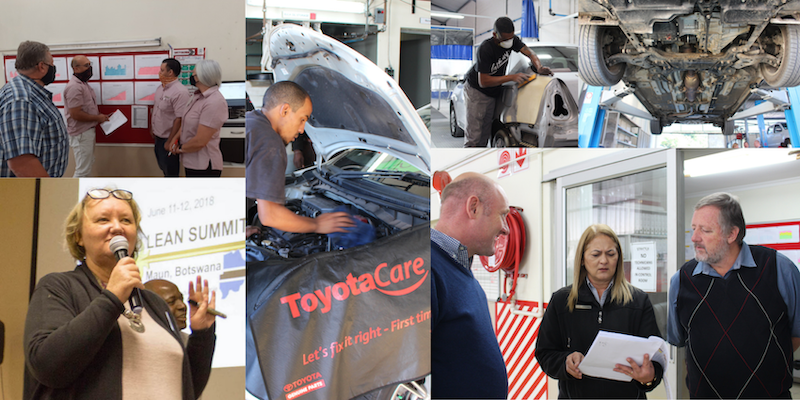
Lean and psychological safety
FEATURE – What is psychological safety? What is it not? This article explores its advantages and foundational elements, and how organizations need to transform their leadership to achieve this evolution in management.
Words: Flávio Battaglia and Luciana Gomes
“Life can be wonderful if we are not afraid of it,” Charles Chaplin once said in the 1952 film City Lights. Simple yet profound, this legendary phrase by the brilliant English actor, comedian, and filmmaker holds increasing significance in the corporate world today. Companies are discovering that a “fear-free” organization can also be a “happy” one – that is, more productive, innovative, competitive, flexible, and ultimately profitable. However, for this to become a reality, it is necessary to first develop a daily focus on psychological safety, a concept often discussed but less often practiced.
As one of the pillars of a lean system, psychological safety means creating, structuring, and maintaining a workplace culture and mindset where all individuals, regardless of position or rank, feel free to express themselves genuinely – not superficially. It involves empowerment, to allow people to share their ideas, even when they contradict those of their boss or the majority. Psychological safety entails the freedom to reveal, share, and discuss problems as they truly are, as well as giving people permission – and even encouragement – to acknowledge and own up to their mistakes, regardless of their nature. All this is done with the intent of learning, improving, and asking for help as needed, and, most importantly, without fear of blame, unfair judgment, harsh criticism, retaliation, or any form of mistreatment.
In lean management, psychological safety is a fundamental step toward progress because if people do not feel safe, they will avoid speaking up about problems and, of course, solving them. Worse, they will tend to sweep them under the rug.
A company with high levels of psychological safety might seem like a dream or even a utopia, but many organizations are discovering that this is an attainable state that leads to better results. To accomplish this, it is essential to cultivate specific elements within the organizational culture and mindset that will gradually help to build environments, ways of thinking, relationships, communication styles, and behaviors that are different from traditional ones.
For example, a truly “inclusive” workplace must be created, where individuals feel accepted as they are, including their physical and intellectual attributes. An organization cannot foster psychological safety if people do not feel secure in learning at every moment and in every task. This involves removing the fear of learning, asking questions, being evaluated, and, most importantly, making mistakes.
At the same time, employees should see that the company genuinely values their contributions – their good work, meaningful ideas, well-founded projects, constructive criticism, experience sharing, and information exchange. Another essential element in this organizational evolution is enabling employees at lower levels of the traditional hierarchy to challenge the status quo – responsibly, scientifically, technically, and respectfully pointing out issues and suggesting improvements without fear of retribution.
All of this is only possible with leaders who are prepared and committed to creating this environment, culture, and mindset. Leaders will shape these spaces, structures, and teams, guiding people on how, why, and when they can speak up without fear. Strategic decisions about leadership styles are crucial; leaders must demonstrate humility, recognizing they do not know everything, acknowledging their own mistakes and vulnerabilities. The example must always come from the top.
They need to engage in positive inquiry, which means interacting with subordinates in a new way. This entails asking questions, listening, and even thanking them in ways that reinforce psychological safety rather than undermine it, whether through spoken word, written word, or even body language (as non-verbal cues can also convey aggressive communication).
Beyond that, companies must build and maintain management structures that encourage employees to responsibly and technically discuss and investigate problems, and to take calculated risks in the interest of deep learning. For instance, daily management (DM) meetings should be a space where individuals can collaboratively analyze processes, identify issues and root causes, and discuss solutions without fear of judgment, welcoming differing opinions.
In this context, leaders must clarify the organization’s purpose and how this will be developed, communicated, and aligned with each person’s competencies and skills. Another urgent need is to “depersonalize” problems, establishing and practicing a culture where problems are viewed as rooted in processes, not individuals.
To support psychological safety, leaders must move away from the traditional command-and-control style, which is based on issuing orders and maintaining hierarchical authority. This approach discourages experimentation and innovation, stifles diversity of opinions, and places blame on individuals, which can result in personal suffering and weaken any attempt to establish genuine psychological safety in the organization.
Understanding what psychological safety is is as important as knowing what it “is not.” It’s not about “being nice”, saying what others want to hear, or avoiding conflict. Instead, a psychologically safe organization encourages thorough, constructive discussion of issues to identify causes and implement specific countermeasures, without generating blame or fear that harm the employees’ emotional well-being.
Psychological safety is not tied to personality traits like friendliness, charisma, calmness, or introversion/extroversion. Nor does it mean trusting someone more or less. It is about establishing a new approach to group interactions.
It doesn’t negate individual accountability for work. Rather, it encourages people to see mistakes as learning opportunities for improving work and processes. Psychological safety, by relieving individuals from the daily emotional strain typical of traditional management, frees up mental energy for creativity, opening avenues for innovative processes and products.
Additionally, research shows that happier people tend to build healthier, long-lasting relationships, strengthening connection and engagement at work – highly valued traits in today’s corporate environment. Fostering happiness in the workplace also improves talent retention and reduces turnover stemming from job dissatisfaction. Moreover, a well-being-oriented environment can reduce stress and support employees’ overall health.
In the end, all of this culminates in making the company more human.

THE AUTHORS
.jpeg)
.jpeg)
Read more


FEATURE – The many benefits of 5S are well known, but few people realize the positive impact the technique can have on our environmental performance, says our lean and green correspondent after visiting Tokheim Italia.


NOTES FROM THE GEMBA – Aloïs, a Bordeaux-based home care provider, applies Lean Thinking to ensure continuity of care, support employees, and grow sustainably while prioritizing patient needs and staff wellbeing.


CASE STUDY – This 104-year-old Chilean provider of integral solutions for the mining industry has turned to hoshin kanri to effectively connect everyone’s work with the overall business strategy.


FEATURE – Hansei is a powerful tool that helps us understand Lean Thinking and advance on our journey. The author shares the lessons he learned from the struggles Halfway Toyota encountered during its years-long transformation.
Read more


FEATURE – If you think one is born a leader, think again. Leadership can be learned and, in this article, the author provides a four-step guide to developing it.


FEATURE – Can behaviors inspired by lean leadership help us to push back against our society’s ingrained racial bias? Our Brazilian colleagues discuss.


FEATURE – The authors share the main insights from a webinar with two Toyota leaders from South America, on the leadership practices that have allowed the company to sustain results for decades.


ROUNDUP – Our editor reflects on the all-important lean concept of “respect for people” and shares some of the best content published by Planet Lean on the subject.

